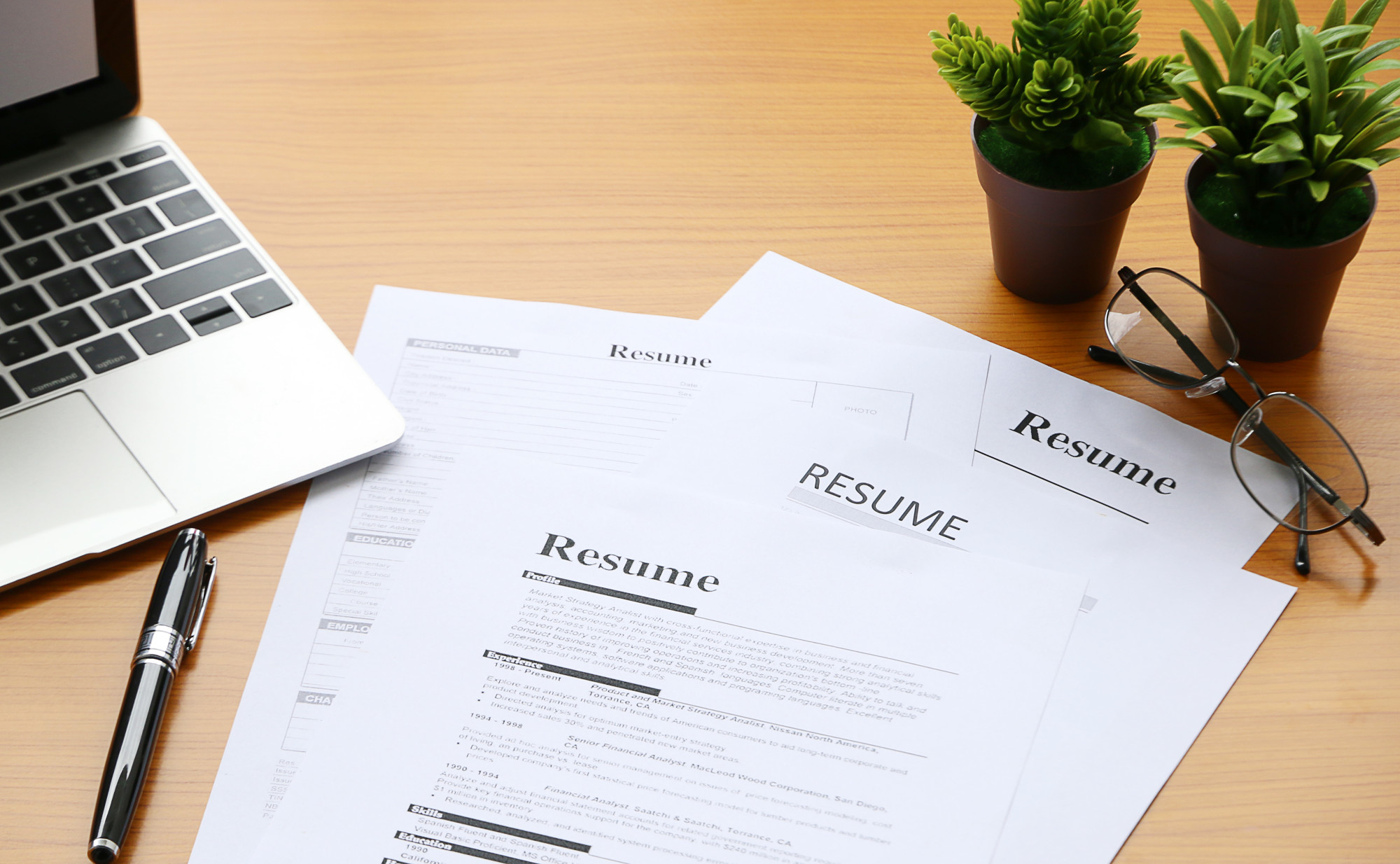What Not to Put on a Resume (If You Want to Land the Job)

Did you know that searching for a new job is more stressful than getting a root canal?
In fact, the only events ranked more stressful than a job hunt is either divorce or the death of a loved one.
Are you among the 50% of Americans currently seeking a new job? Would you like to make the process less stressful while improving your chances of getting hired?
It’s vital to know what to put on your resume, but you also need to know what not to put on a resume. In this post, we’ll walk you through 6 items you can safely leave off your resume.
Read on to learn more!
1. “Resume”
Resume writing 101: Do not include the word “resume” on your resume.
Your potential employer should be able to glance at your resume and instantly recognize what it is. Make your name the most prominent text at the top of the page so he can easily find it in the stack.
Speaking of names, are you sending your resume electronically? Save the file as “your name” and “resume” instead of just “resume.”
2. Personal Information
Be sure to include your email address and phone number, as well as your city and state (or full address if you feel comfortable doing so).
You should never include:
- Your age
- Birthday
- Race
- Sexual orientation
- Marital status
- Religion
- Political affiliation
The exception is if you’re applying for a job overseas, where it’s customary to include more personal details in a Curriculum Vitae (CV).
3. High School
Include any college, university, or trade school education, but it’s generally safe to skip your high school information.
The only exception is if you’re still in high school, recently graduated, or if your high school diploma is your highest degree.
4. Physical Description or Photograph
Employers have strict laws against discrimination during the hiring process. For this reason, you should never include a photograph or description of your appearance.
The only exception is if you’re applying for a job as a model or an actor, when your looks would become relevant.
5. Non-Relevant Work Experience
Your resume should only be one page long, so don’t try to include every job you’ve ever worked. Stick with the past 10-15 years, and only include positions that are closely related to the job you’re applying for.
While your resume should cut straight to the point, you can be a little more detailed and conversational with your cover letter. You can create cover letters for free with Adobe Spark.
6. References
You’ll create a separate list of previous employers and references, so there’s no need to include that on your resume.
Your employer knows you’ll have these and will ask for them at the appropriate point during the hiring process. The same goes for information like previous salaries or criminal background checks.
What Not to Put on a Resume: Now You Know
Were you surprised by any of the items on this list? Does your resume need some revising?
If so, don’t delay. Sit down and take some time to eliminate these unnecessary facts from your resume. The sooner you do, the sooner your resume will produce that “wow” factor you’re hoping for.
Now that you know what not to put on a resume, what’s next? Be sure to browse our other self-improvement blogs for more stellar advice.
